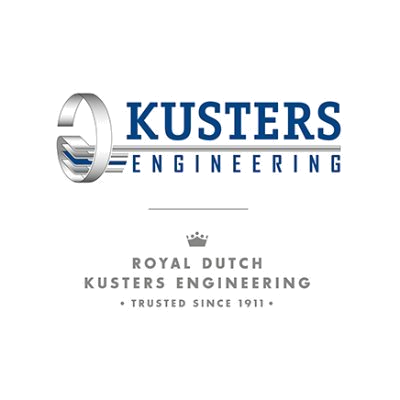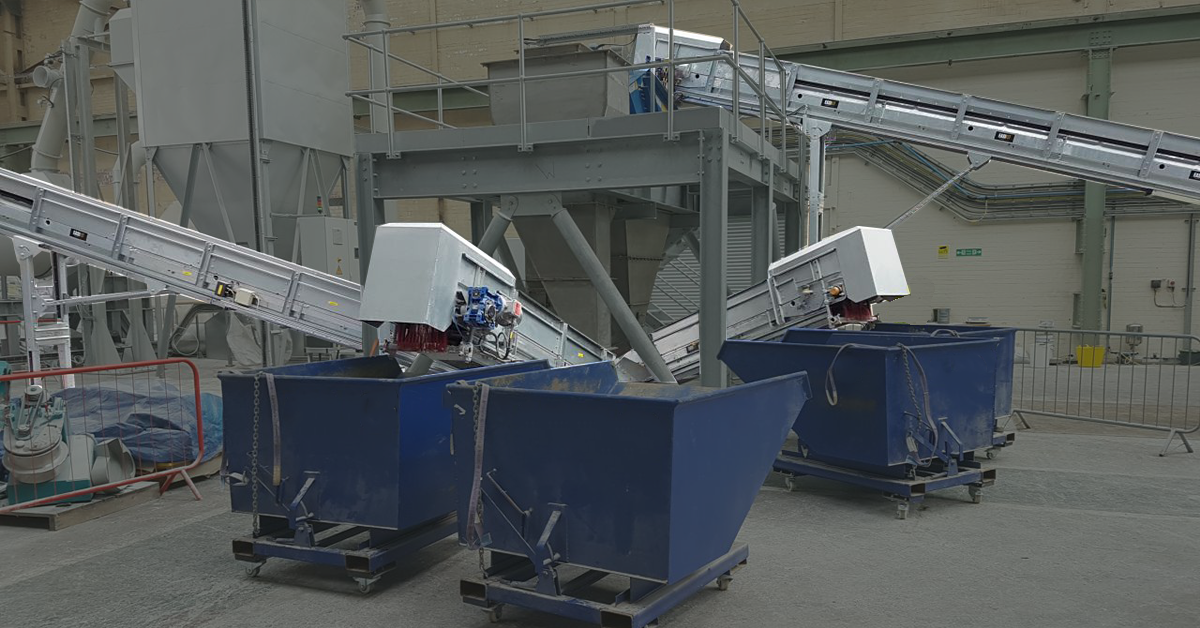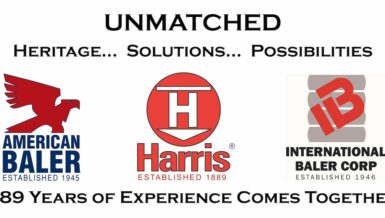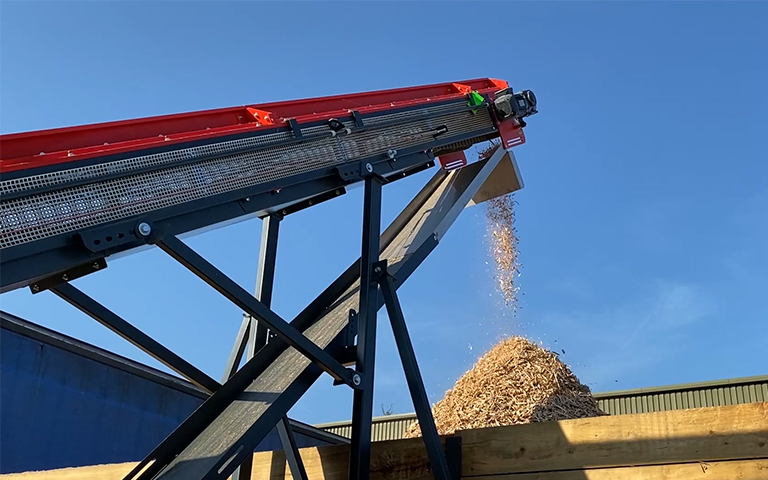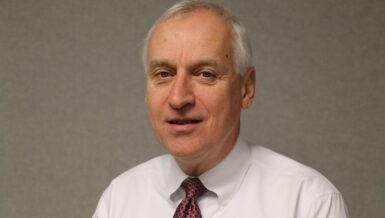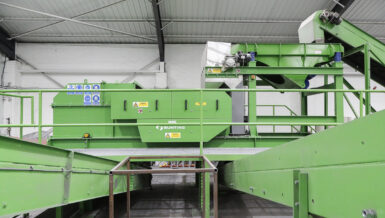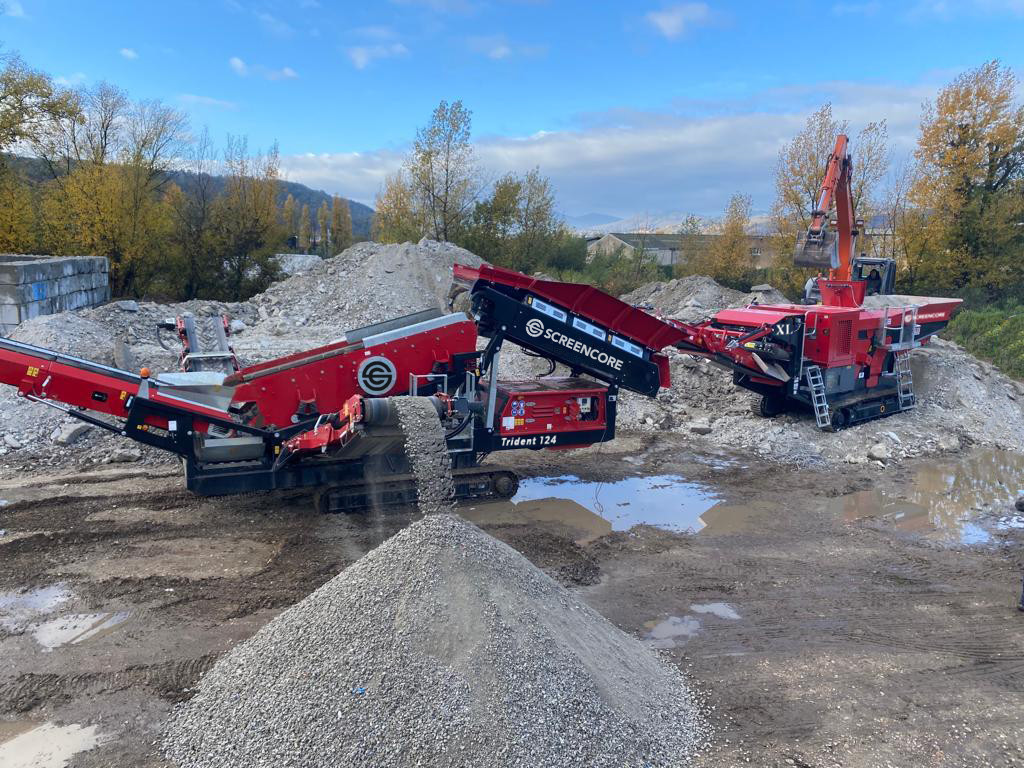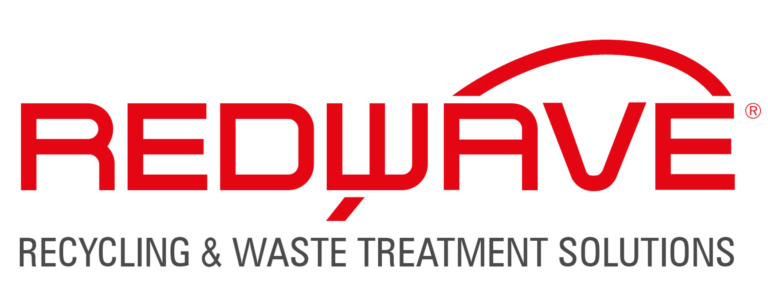Increase the value of both organics and solids through separation
In short, incinerating or landfilling waste containing organics and moisture causes double trouble. First, because valuable organic materials are lost. Second, the decomposing of organic material at landfills releases a large number of methane emissions. In case of incineration, the caloric value of the solid fractions lowers due to the presence of organics and moisture. Hence, additional drying or heating is required to reach the acquired temperatures to generate energy. Inefficient and non-sustainable.
Non-separated (mixed) waste such as MSW, green-, and food waste consist mainly of organics. Household waste, for instance, contains 30-70% organics. By separating these organics, not only the caloric value of the remaining solid fractions but also the organics’ biogas potential increases.

In the paper industry, paper pulp rejects include materials such as plastics and fibers that are separated from the wet paper pulp. On average, these rejects contain 70% moisture. Just as for other solid fractions, the presence of, in this case, moisture reduces the caloric value of the rejects. While the rejects, by nature, contain a high caloric value. By dewatering the rejects, the energy yield increases and the water can be reused in the recycling process or cleaned to become, for instance, irrigation water. Furthermore, transportation costs could be significantly reduced by the removal of weight.

Increase the biogas potential of organics

The organic fraction of mixed waste streams is ideal for producing biogas to generate electricity, heat, vehicle fuel, or renewable natural gas. Moreover, the extraction of solid fractions will free up space in the digester. This way, the yield will increase.
Furthermore, a cylinder press is strong enough to crack the cell walls of the organic material. As a result, the press speeds up the digestion process and increases the biogas potential up to 30%.
Compost fibrous waste

Green waste is a typical waste stream that contains dry fibrous organics. Although generally collected separately, green waste contains dry fibers, plastics, wet organics, and moist. By separating the wet organics from the dry fibers and plastics, you can reuse each material to its full potential. The dry fibers, in this case, are very suitable for composting while the wet waste is ideal for anaerobic digestion.
Recycle, incinerate or landfill solid waste

As mentioned before, the extraction of organics and moisture increases the caloric value of solid fractions, like plastics and plastic paper pulp rejects. However, when sorted, some plastics are very suitable for recycling.
The third option is landfilling the solid fractions. Thanks to the extraction of the organics and moisture, the emission of methane are reduced. Moreover, it reduces the volume of the solids and thus their weight which yields significant savings on transportation and landfill costs.
Switch to smart waste segregation with the Organic Liquefying Press
This unique, reliable, and energy-efficient high-pressure press separates organics and moisture from solid waste fractions and is widely applicable for waste streams as MSW, plastics, paper, paper pulp, food, and green waste.
The Royal Dutch Kusters Engineering Organic Liquefying Press comes in two versions. The OLP-7500 with a capacity of 10 to 18 m3 per hour and the newly developed OLP-1000 for smaller operations.

The robust design and small footage of both presses allow you to implement the press in many processes. Furthermore, the batches run automatically and wear parts are easy to exchange. These features significantly reduce unavoidable downtime.
Finally, the press is designed to fit in many separation lines, regardless of the digester brand of choice.
Statistics: the OLP in numbers
Depending on the composition of the material, equipment settings and initial moisture levels, the OLP can reach the following levels of separation:
- 80-95% extraction of all organic material in MSW
- 50/50 separation in wet and fibrous organic fraction for green waste
- 40-50% weight reduction for de-packaging plastics from food waste
- 25-80% weight reduction by dewatering paper pulp rejects and plastics


